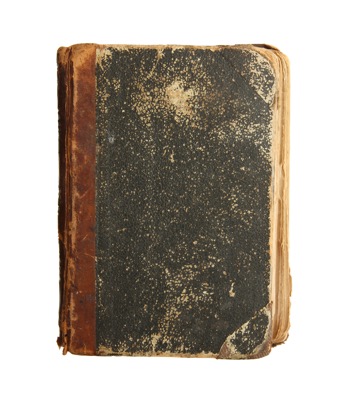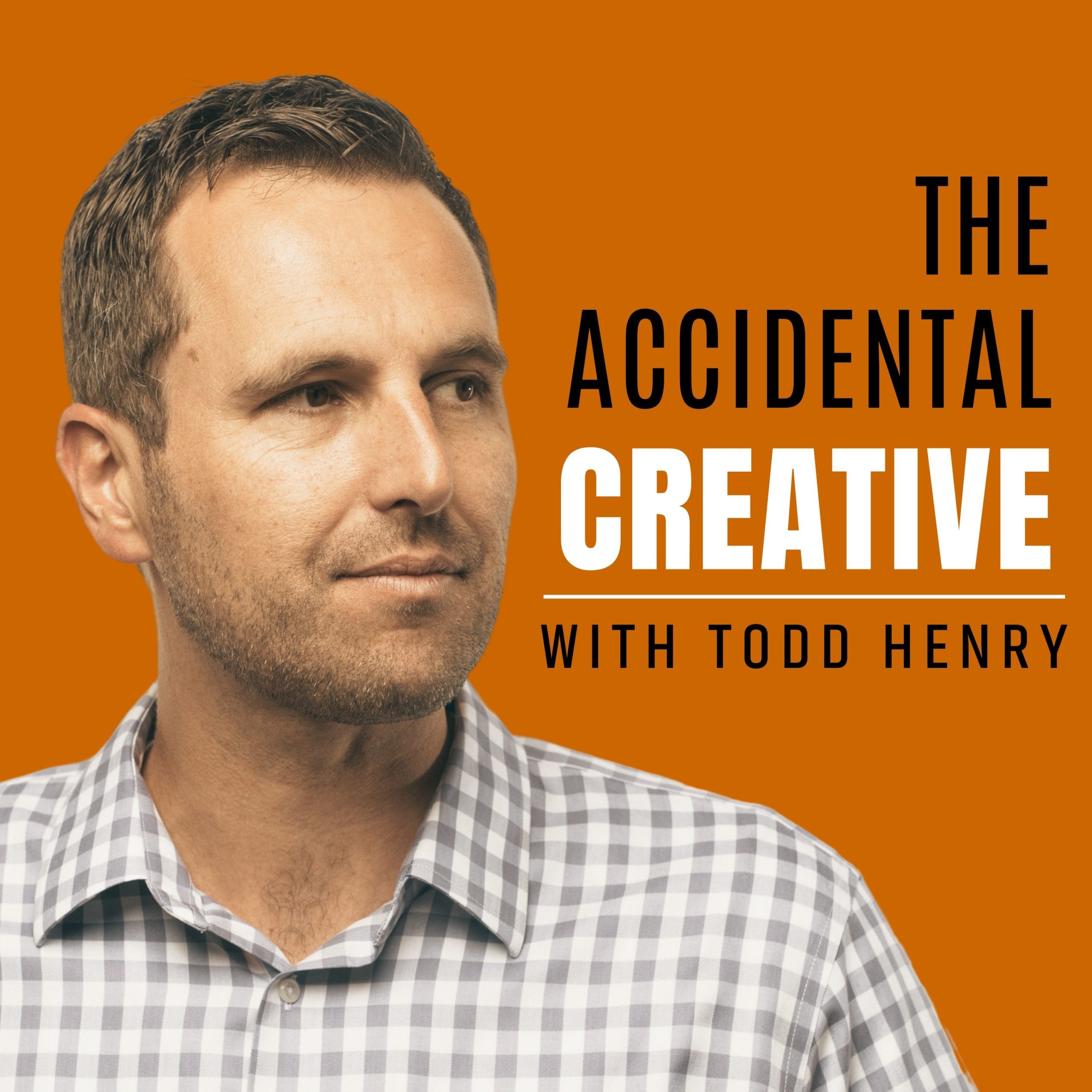The best ideas are typically not “out of the blue” revelations. They are most often the result of multiple existing ideas converging at the right place and time, and yielding an insight. As Steven Johnson wrote about in his book Where Good Ideas Come From, brilliant insights are typically the result of a “slow hunch”. They begin in obscurity, then become more clear over time until a breakthrough occurs.
Those dangerous intersections – or moments of serendipity – are where [amazon_link id=”1591846242″ target=”_blank” ]creative accidents[/amazon_link] are most likely to occur. While there is no way to ensure that you will have breakthrough moments when you need them most, you can increase the likelihood by keeping simmering ideas and inspirational stimulus in front of you consistently.
One method that I’ve used for years, and has been utilized by others for generations (Ryan Holiday goes into great detail here about how he uses his) is keeping a commonplace book. This is a single place where you keep ideas, quotes, inspiring thoughts, and other potentially useful information for regular review and potential re-purposing. My running commonplace book is a small, unlined insert I the back of my [amazon_link id=”B003SNV0YQ” target=”_blank” ]Midori Traveler’s Notebook[/amazon_link], but I also transfer ideas and insights regularly into Evernote so that I have a digital archive for potential use in my writing, consulting, or podcasts.
Here are a few tips for keeping a useful commonplace book:
- Keep only one, and make it single-purpose. Often people write ideas and quotes inline with their daily notes, grocery lists, and other daily marginalia. This makes it far more difficult to review important insights and separate them from the minutia.
- Review it regularly. Because I keep my notebook with me everywhere, I am able to routinely pull it out on a flight, while waiting for a meeting, or over breakfast and skim through my recently discovered quotes and ideas.
- Use it when trying to generate ideas. If you are stuck on problem, pull out your commonplace book and see if anything sparks an insight. You’ll be surprised how often you’ll spot a pattern and something will click.
- Don’t be too selective. If something connects with you, record it. You can always be more selective later about the ideas and insights you transfer to your more permanent archive. If something catches your attention now, capture it.
With the increase of information crossing your attention span each day, it’s easy to forget even the most impactful experiences. Make every effort to capture these, and to ensure that they become a valuable part of your creative process.




I love taking notes – digitally and by hand. I have my main journal (the Morning Pages, meditation, prayer journal) and my car notebook (unsafely taking notes from podcasts – and I’m an insurance agent, I should know better), and Evernote.
My problem is the review. Sometimes, I think it’s good enough to listen and write and somehow ideas will bubble up as needed, but I have long attempted to keep a GTD-style weekly review and have been spotty. I hope to get there, but it’s a practice that has been a tough one for me.
I really appreciate this post! It reminded me that (also inspired by Steven Johnson) a few years ago I wrote a post about Commonplace Books, as it was a concept/term that my graduate Creative Thinking Marketing students were more comfortable with than a sketchbook. It is really valuable to see the information interacting in one place. I highly encourage people to try this as an idea and information gathering medium before turning to digital tools, as it really sparks personal thoughts and introspection. If you’d like to reference my sketchbook vs. commonplace book, you can view it here: http://thepapercompass.blogspot.com/2011/04/using-sketchbook-commonplace-book-to.html
I find that when I let myself “mess up” my commonplace book, by just scribbling thoughts, ideas and quotes down without trying to make it look organized, pretty or readable, I manage to capture so many small thoughts that always grow into bigger ideas and projects. I think these small thoughts that you first reject, are the important ones, really, and every time I go back to read through my notes I find new interesting things that I can’t even remember thinking.
Great post and thank you for such an eclectic podcast Todd!
My biggest problem with this is my inability to keep things one purpose and that I have about 8 of them running around. How do you keep things simple? I know intellectually that it’s the best way to go, but do you have a system in place to do so?
Great post, as always, Todd. Had fun checking out the comments.
Reading this made me want to reflect on the first point you make, which is keeping only one journal; and share what I find difficult and often distracting in my practice of keeping various journals.
I have my daily task journal, which is set up as a “bullet” journal ( http://bulletjournal.com ). Being my primary “to do” list, I sometimes record ideas, and take notes on my classes/reading/podcasts/workshops/presentations/etc. in it. I often sketch/doodle stuff in the same one, mostly for observational drawing practice.
The other one I have is my personal journal, which I try to use to do the daily brain-dump, although doing it daily has been a major challenge. There, I record my reflections on the day, personal interactions, goals, thoughts, and other stuff related to my growth, mental and spiritual.
The third one I recently decided to add to the other two is for recording ideas, and sketch out relevant to those concepts for my creative work (I am an artist/illustrator/designer). I also practice my drawing/painting style in it sometimes. (Sample page from this one bellow).
On top of it all, Evernote has been a major organizing tool, where I try to carefully compile ideas/concepts, and notes of various sorts. It is currently organized in notebooks, which include business, creative, fitness, reading-list, school, self-improvement, and other categories.
I feel that while it makes sense to separate each one of those tools for different purposes (as you mention in the first point), it adds unnecessary anxiety to keeping track of those ideas, and makes it more difficult to review them. Speaking of the review, that has been one of the hardest parts for me, as well.
Any advise on how to simplify this would be very much appreciated.